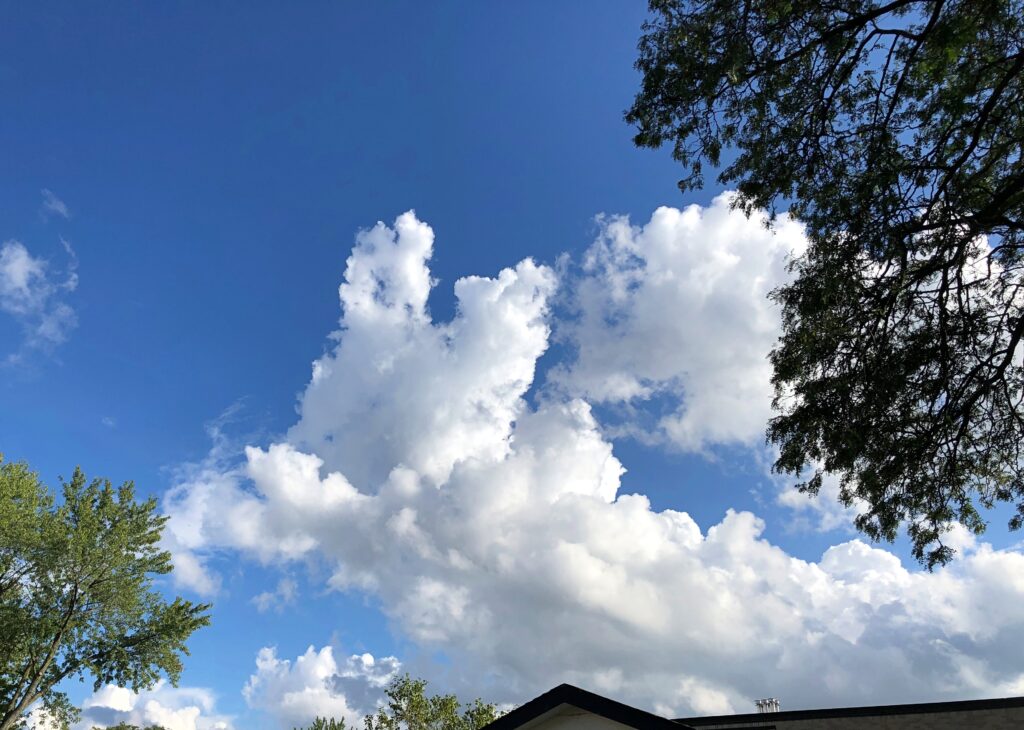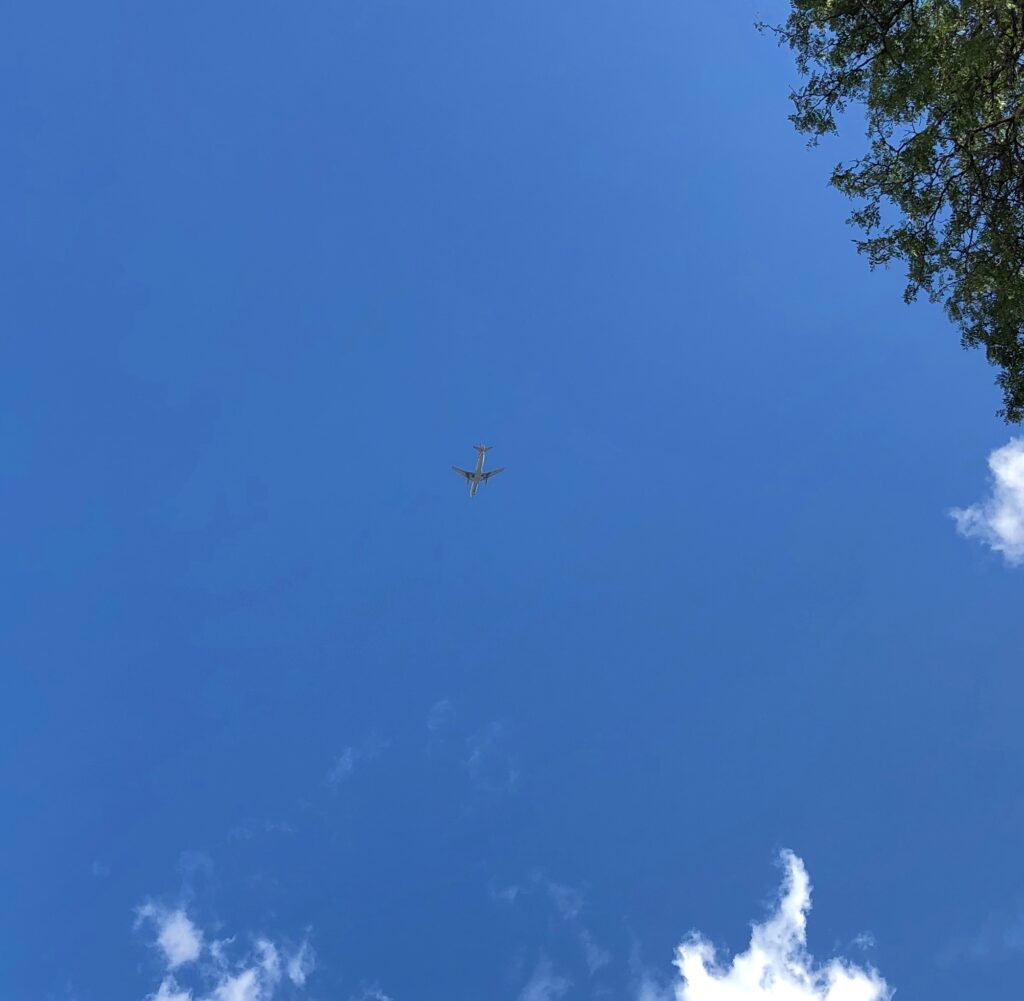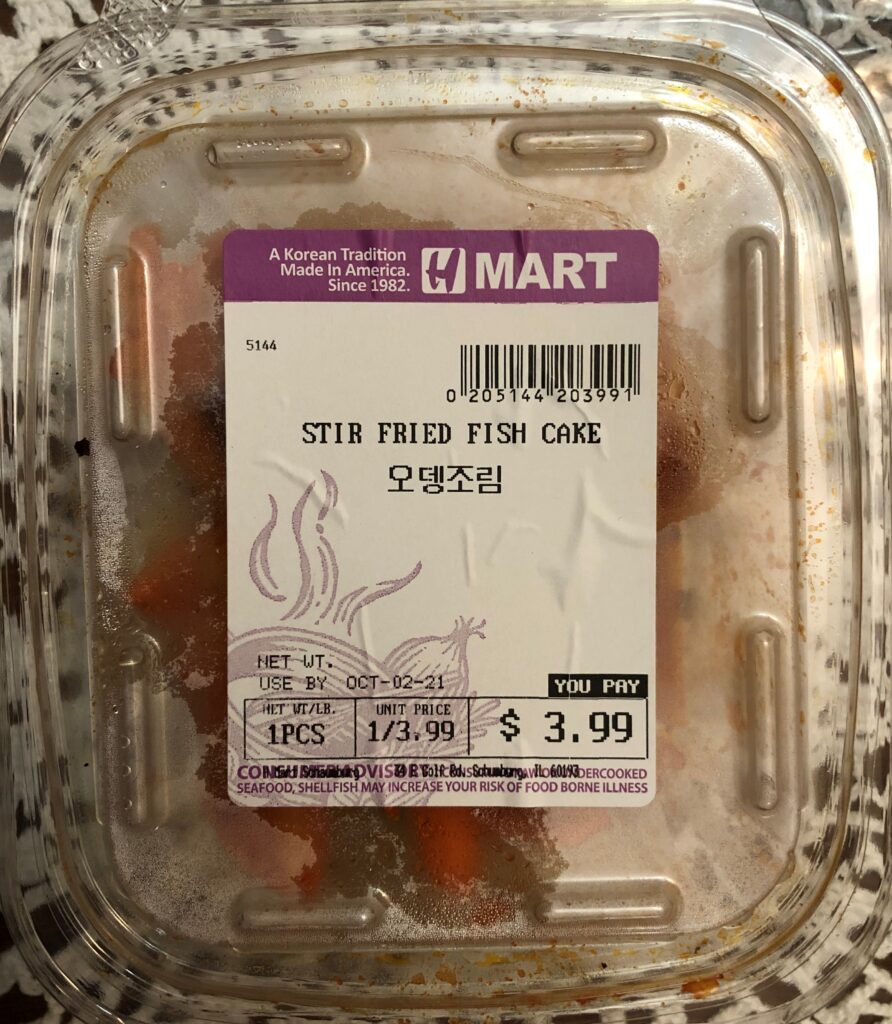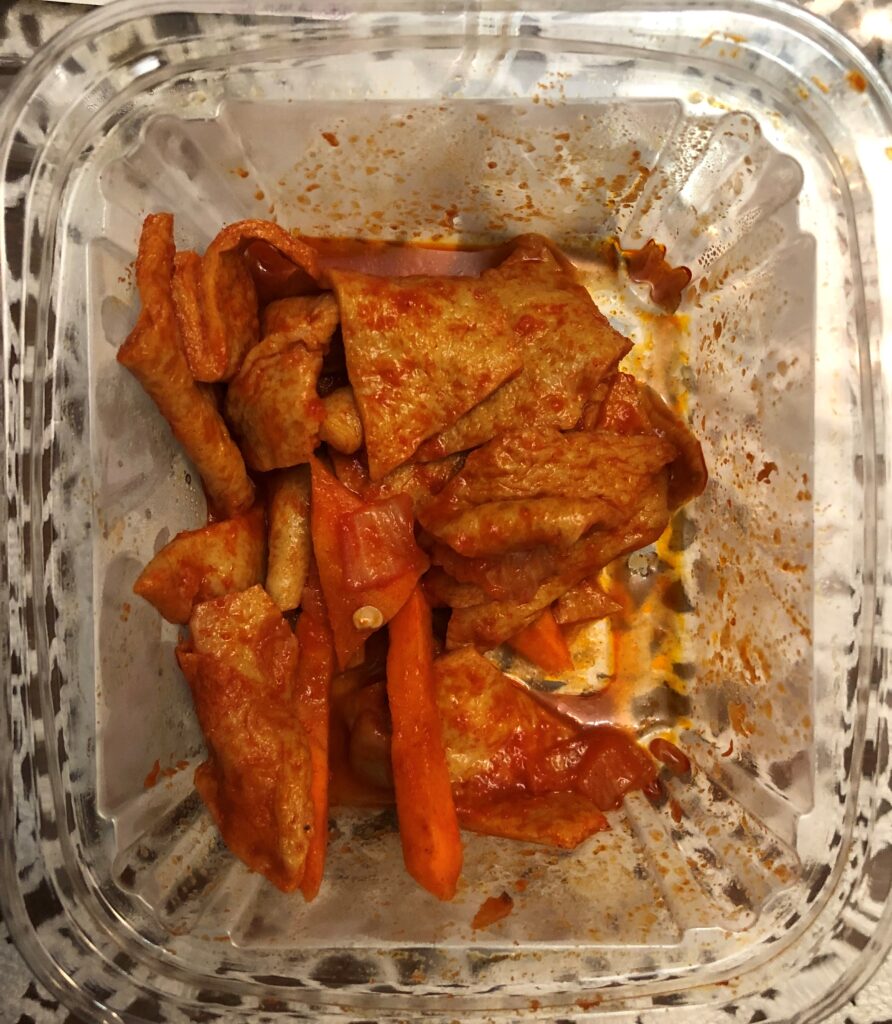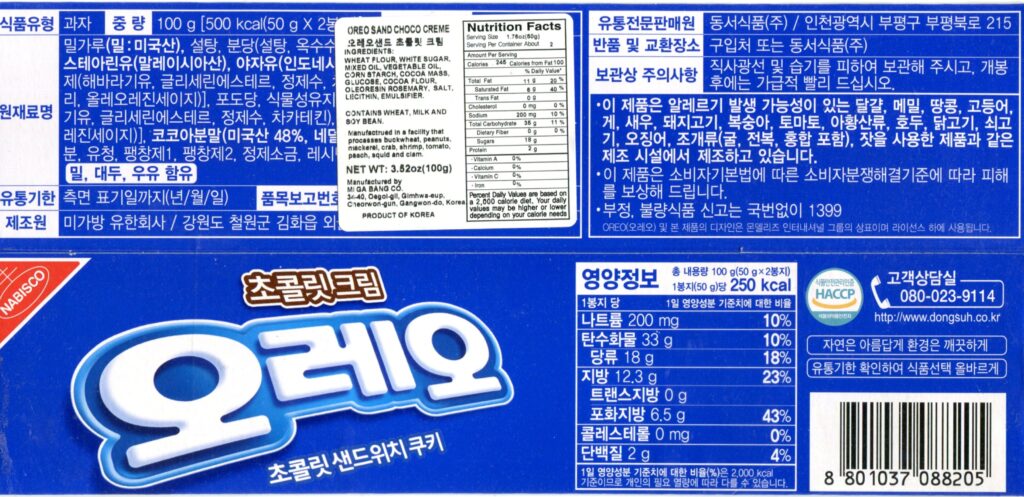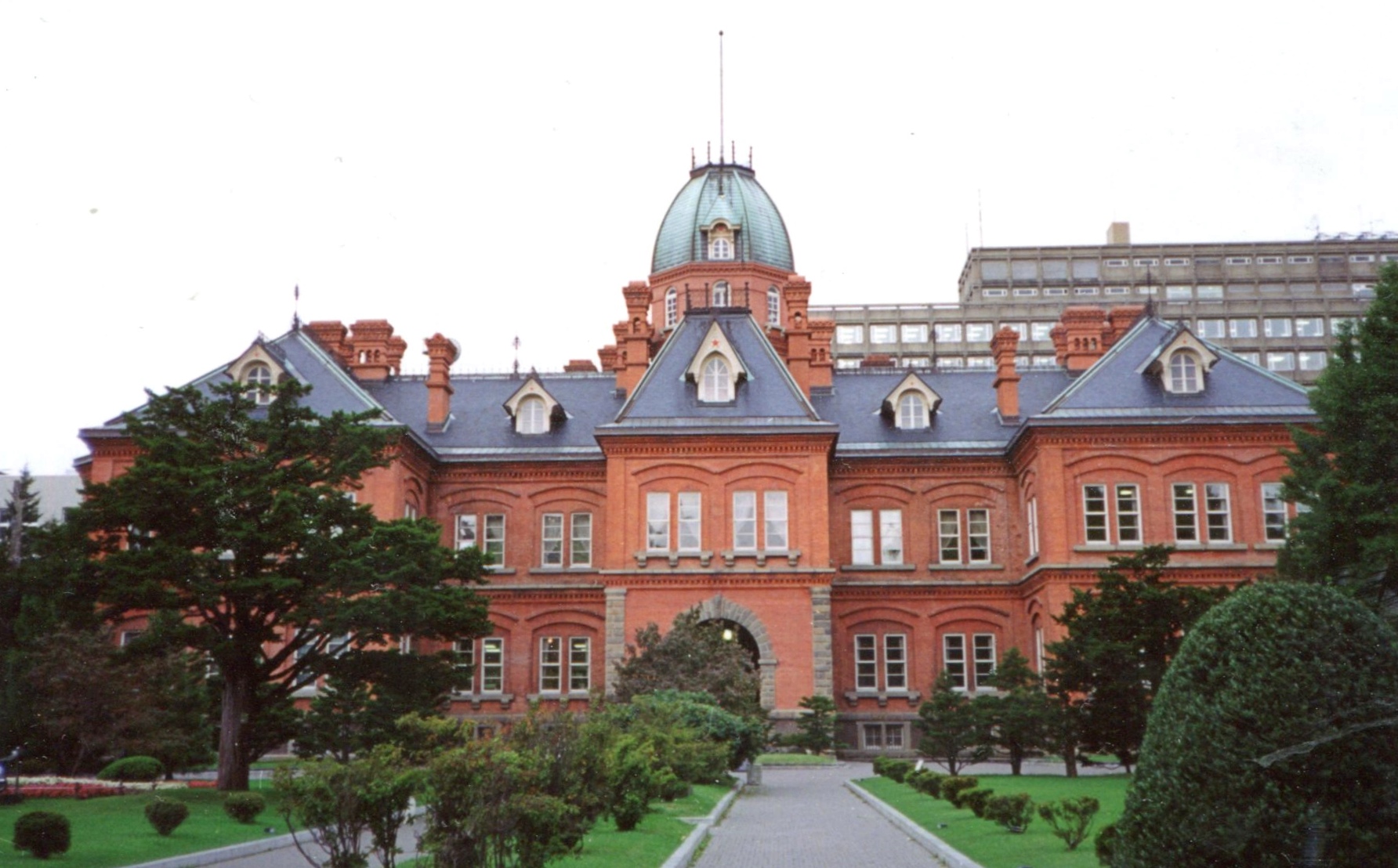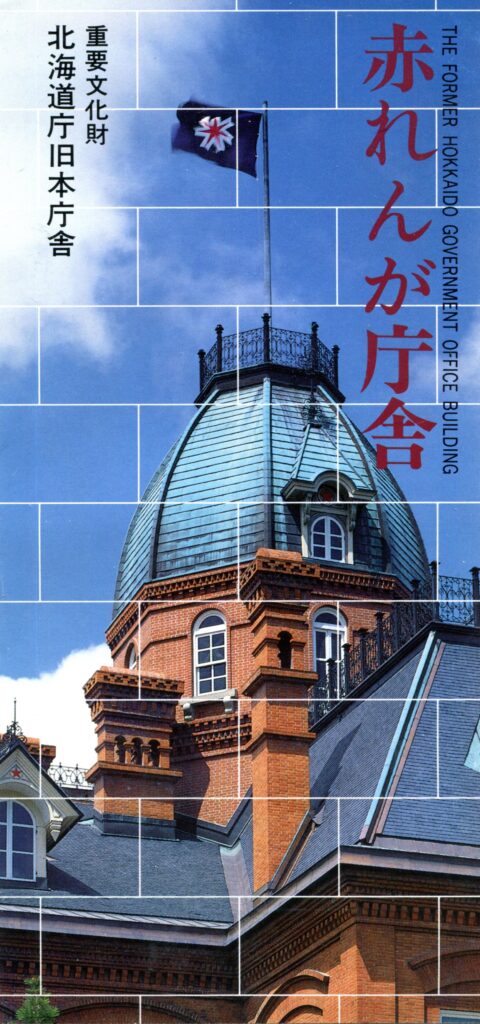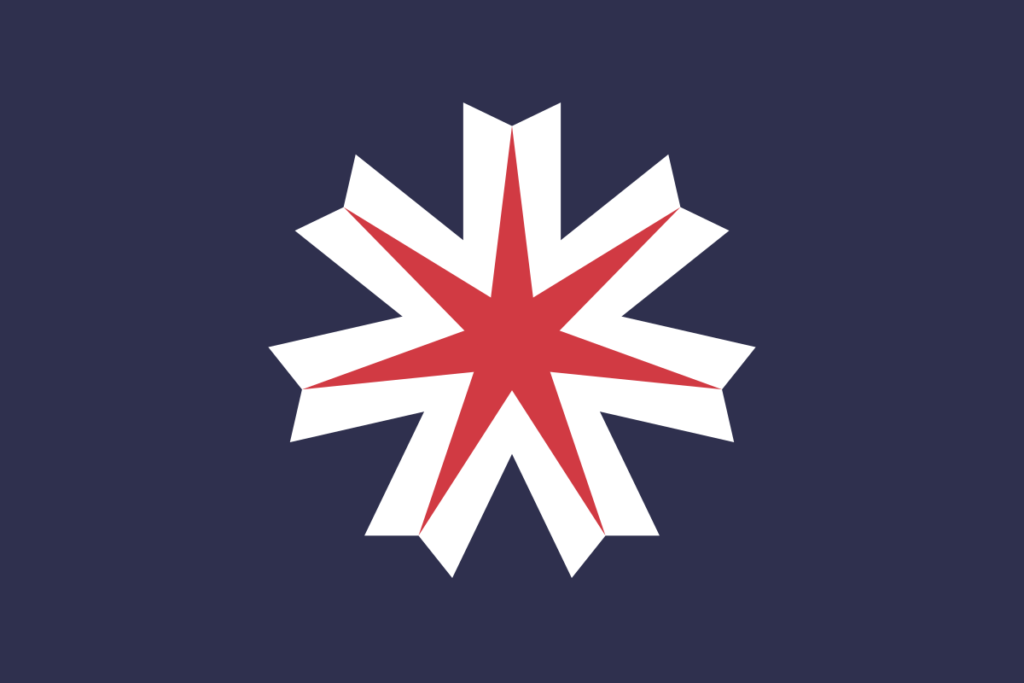Still able to eat lunch comfortably on the deck some days. Not long ago, part of my lunch included a tin (well, aluminum container) of Crown Prince Natural brand oysters, imported by Crown Prince Inc. of Industry, California. I don’t eat a lot of oysters, and none will ever be as good as the fresh-shucked oysters I ate while drinking kamikazes at the Fishery in Nashville during the fantastic plastic summer of ’82.
Still, there it was in our pantry. Why not make it part of an al fresco lunch, out among the turning trees? Not sure how long we’d had the tin. But I knew I had to hurry. Best if used by May 1, 2025, the box says.
I made short work of them.
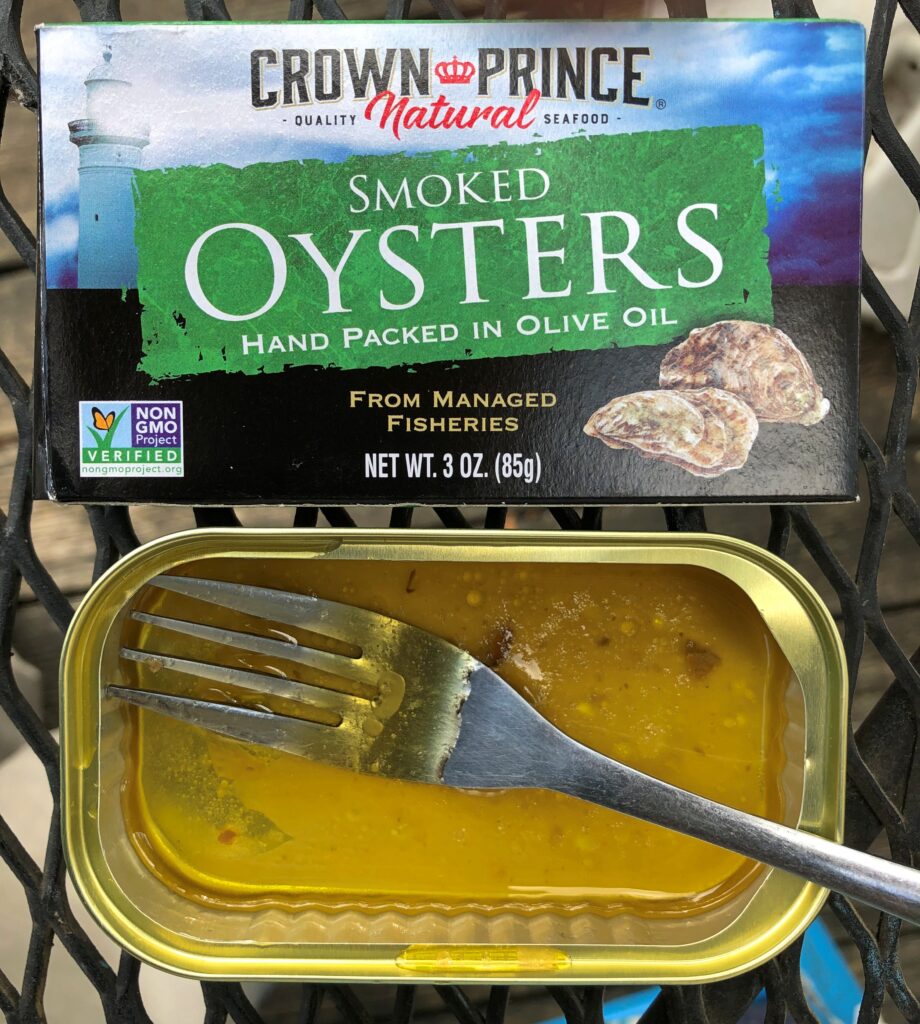
The box tells me that these are “sustainably raised and harvested in South Korean coastal waters. Freshly shucked, smoked over oak and packed in Turkish olive oil.”
The box is further careful to point out that each tin (that’s one serving) contains 1,305 mg of omega-3 fatty acids, like that’s a good thing. Maybe it is, but I’m feeling too lazy to look into it, because looking up nutritional information online potentially means macheting your way through a jungle of nonsense.
Also, non-GMO verified. Wouldn’t want to eat any Frankenoysters, I suppose.
South Korean oysters and Turkish olive oil is an intriguing combo. That they can be combined in the same container and sold for a modest sum here in North America is, I believe, a testament to the vast reach of the global economy, even in a time when international logistics is gummed up.
“Often called ‘the milk of the sea’ for its high nutrient content, the oyster has long been a staple of the South Korean diet,” Bloomberg reports.
“Originally harvested by free divers, oysters are now grown in ocean farms along the country’s southern coastline and shipped overseas to the U.S., Japan and Hong Kong. Appetite for the delicacy has made South Korea the world’s second-largest exporter of the shelled mollusks.”
One more thing: a surprising lot has been said about this particular kind of mollusk.
But none like Lewis Carroll. Select verses:
” ‘The time has come,’ the Walrus said,
‘To talk of many things:
Of shoes — and ships — and sealing-wax —
Of cabbages — and kings —
And why the sea is boiling hot —
And whether pigs have wings.’
…
A loaf of bread,’ the Walrus said,
Is what we chiefly need:
Pepper and vinegar besides
Are very good indeed —
Now if you’re ready, Oysters dear,
We can begin to feed.’
…
‘O Oysters,’ said the Carpenter,
You’ve had a pleasant run!
Shall we be trotting home again?’
But answer came there none —
And this was scarcely odd, because
They’d eaten every one.”

